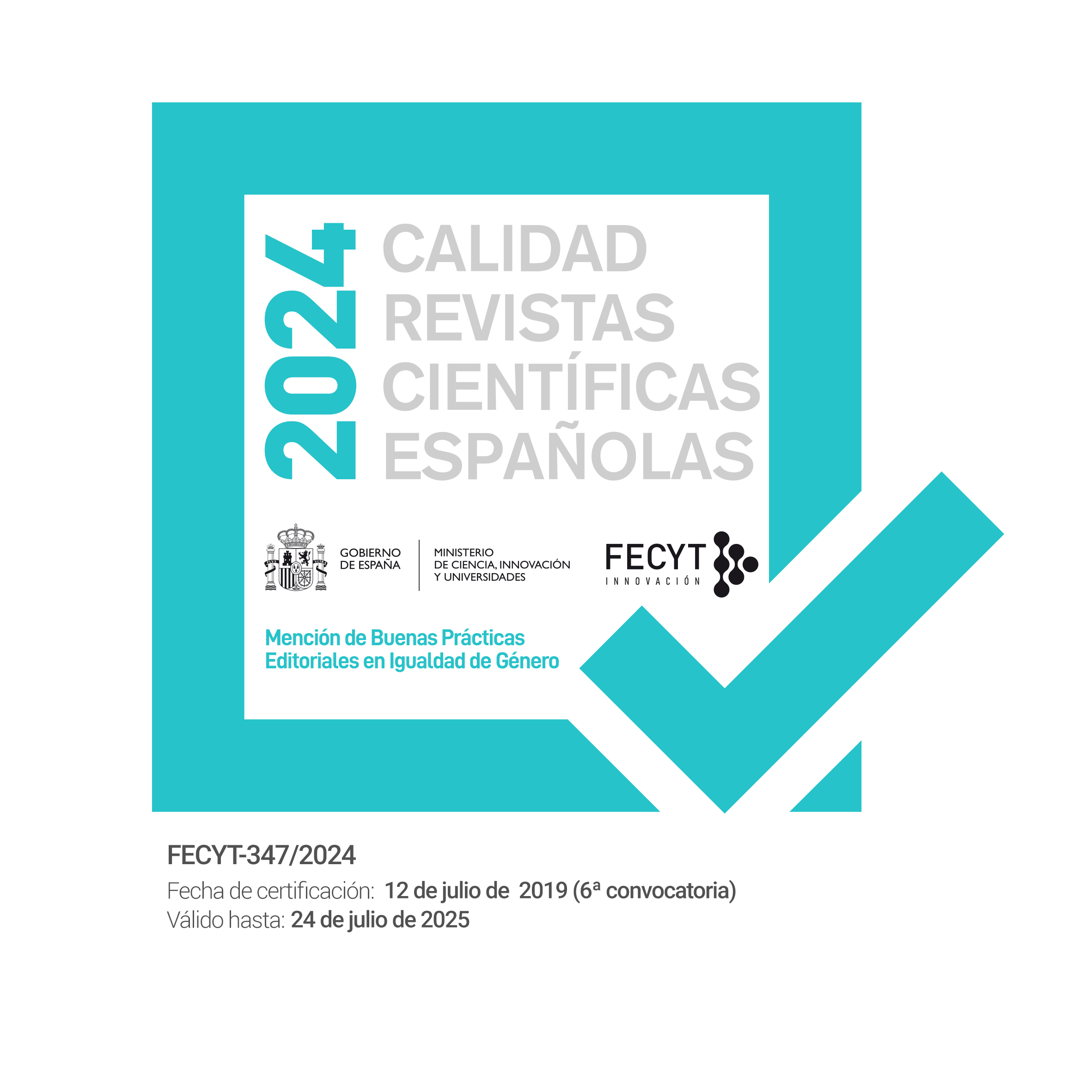Lugar de encuentros de tópicos románicos : Doña Juana la Loca de Pradilla
DOI:
https://doi.org/10.5944/etfvii.12.1999.2340Abstract
Estudio del cuadro titulado «Doña Juana la Loca» de Pradilla, que aquí es considerado como la culminación de la pintura de historia en España y el inicio de su decadencia. Se atribuye su éxito en su época a la concurrencia en él de una serie de características románticas tanto formales como de contenido: la representación de la locura de una Reina enamorada y celosa debido a la muerte de su esposo el Rey Felipe I, tema sacado de la Historia al poco tiempo de acabar la Edad Media y en el inicio del Imperio español. Pero, además, se destacan otros aspectos importantes del cuadro: su escenografía tan teatral y romántica, la representación del amanecer de un día invernal de cielo nublado, el fuego y el humo de una hoguera, el árbol seco, el viento, la figura enlutada de la Reina... Se considera al cuadro como un manierismo del género, como una importante consecuencia del excesivo intelectualismo al que había llegado la pintura de historia hacia 1875. Se establece una relación con el poema de García Lorca titulado «Elegía a Doña Juana la Loca».
Learning of the Pradilla's painting titled «Mrs Juana the Lunatic», which is considered here as the culmination of the historical painting in Spain and the commence of its decline. The success of Pradilla's painting in his epoch is attributed to the conjunction in it of a set of characterístics related not only to its forms, but also to its contents: the representation of a Queen who is in love and jealous, and became insane due to the death of her husband, Felipe I. This theme is inspired in the History, little time after the end of the Middle Ages and at the beginning of the Spanish Empire. Besides, there are another aspects of the painting emphasised, such as its theatrical and romantic scenography: the representation of the dawn in a wintry and cloudy day, the fire and smoke caused by a bonfire, the dead tree, the wind, the Queen's in mourning shape... This painting is considered as a mannerism of the genre, as an important consequence of the excessive intellectualism obtained by the historical painting towards 1875. And in our ages, we could establish a connection between the painting and García Lorca poem's titled; «Elegy to Mrs Juana the Lunatic»
Downloads
Downloads
Published
How to Cite
Issue
Section
License
Authors who publish in this journal agree to the following terms:
- Authors retain copyright and grant the journal right of the first publication with the work simultaneously licensed under a license Creative Commons Reconocimiento-NoComercial 4.0 Internacional that allows others to share the work with an acknowledgement of the work's authorship and initial publication in this journal.

- Authors are able to enter into separate, additional contractual arrangements for the non-exclusive distribution of the journal's published version of the work (e.g., post it to an institutional repository or publish it in a book), with an acknowledgement of its initial publication in this journal.
- Authors are permitted and encouraged to post their work online (e.g., in institutional repositories or on their website) prior to and during the submission process, as it can lead to productive exchanges, as well as to earlier and greater citation of the published work (See The Effect of Open Access).








